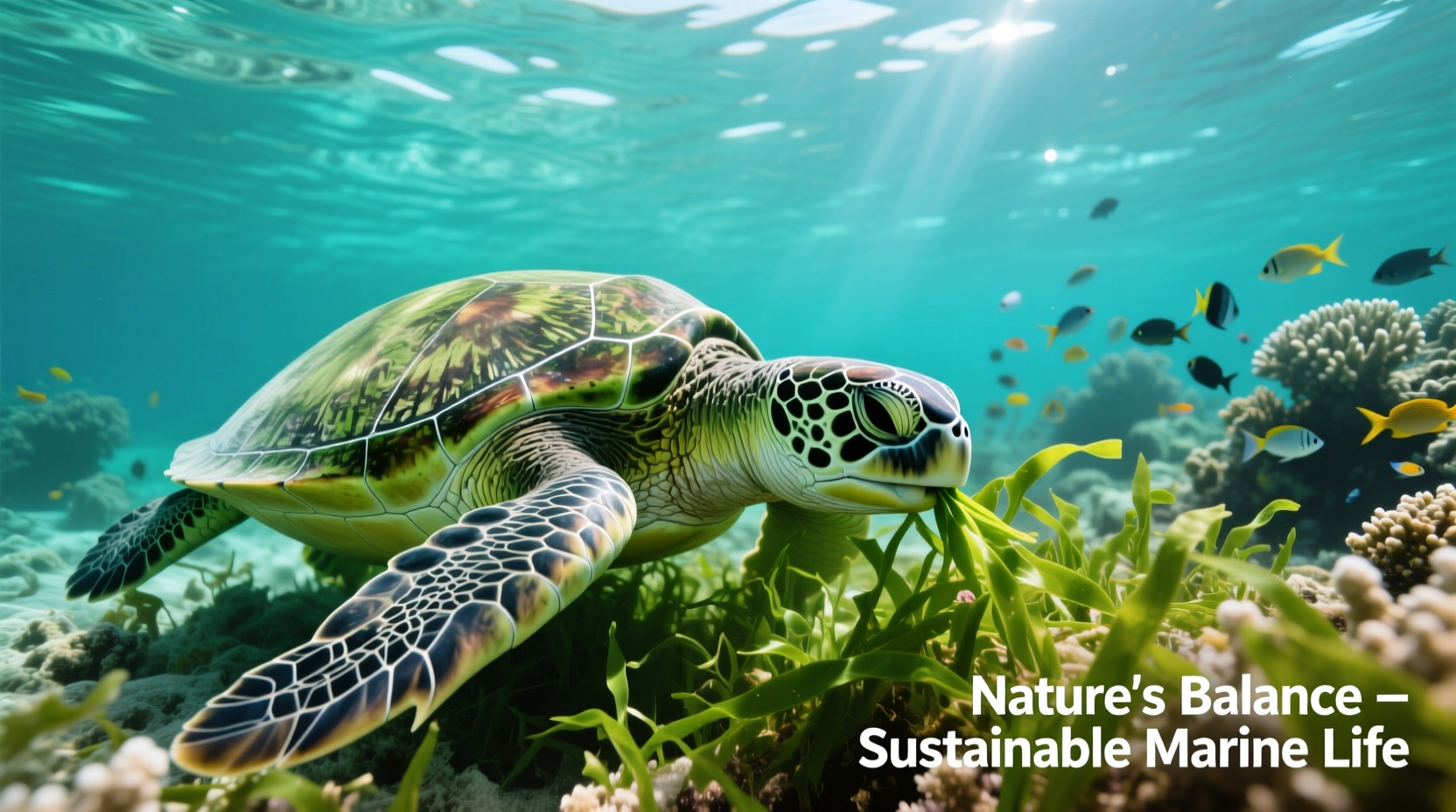Understanding Turtle Metabolism and Survival Capabilities
Turtles possess remarkable physiological adaptations that allow extended fasting periods compared to many other animals. Their cold-blooded metabolism operates at a significantly slower rate than warm-blooded creatures, conserving energy efficiently. When food becomes scarce, turtles enter a state of brumation (reptilian hibernation) where metabolic processes slow dramatically.
According to research published in the Journal of Herpetology, turtles can reduce their metabolic rate by up to 70% during fasting periods, allowing them to survive on stored fat reserves. This evolutionary adaptation developed in species inhabiting environments with seasonal food scarcity, particularly in desert and temperate regions.

Species-Specific Survival Timelines
Not all turtles share the same fasting capabilities. The following comparison shows how survival duration varies across common species:
| Turtle Species | Typical Survival Without Food | Key Influencing Factors |
|---|---|---|
| Red-Eared Slider (Aquatic) | 1-2 weeks | Water temperature, age, health status |
| Box Turtle (Semi-terrestrial) | 2-4 weeks | Season, hydration, pre-fasting condition |
| Sulcata Tortoise (Terrestrial) | 3-6 months | Body weight, temperature, humidity |
| Desert Tortoise | 6-12 months | Natural brumation cycle, fat reserves |
| Sea Turtles | 2-4 weeks | Migration status, water temperature |
Critical Factors Affecting Turtle Fasting Duration
Several environmental and biological factors dramatically influence how long turtles can survive without food:
Temperature Regulation
As ectotherms, turtles rely on external heat sources to regulate their metabolism. The Turtle Survival Alliance confirms that for every 10°C (18°F) decrease in environmental temperature, turtle metabolism slows by approximately 50%. This explains why desert tortoises survive months without food during cool seasons while tropical species require more frequent feeding.
Hydration Status
Access to water significantly extends survival time. Well-hydrated turtles can survive longer without food than dehydrated ones. The National Wildlife Federation reports that aquatic turtles in properly maintained habitats may survive twice as long without food compared to those in suboptimal conditions.
Age and Health Considerations
Juvenile turtles have significantly shorter survival windows than adults due to their higher metabolic demands for growth. Sick or injured turtles deplete energy reserves more rapidly. According to veterinary guidelines from the American Veterinary Medical Association, turtles with pre-existing health conditions may show symptoms of malnutrition within days rather than weeks.
Physiological Timeline During Fasting
Understanding the progression of physiological changes helps turtle owners recognize emergency situations:
- Days 1-3: Normal behavior continues; minimal physiological changes
- Days 4-7: Metabolism begins slowing; fat reserves mobilized
- Weeks 2-3: Significant weight loss; muscle breakdown begins
- Weeks 4-6: Organ function impairment; immune system compromised
- 6+ weeks: Critical organ failure; high mortality risk
Warning Signs Your Turtle Isn't Eating Properly
Don't wait until your turtle stops eating entirely. Early warning signs include:
- Reduced food intake (eating only 50-75% of normal)
- Lethargy or decreased activity levels
- Weight loss (noticeable shell prominence)
- Changes in feces consistency or frequency
- Excessive sleeping or basking
Emergency Steps for Non-Eating Turtles
If your turtle stops eating, take these immediate actions:
- Verify environmental conditions: Check water temperature (75-80°F for most aquatic species), basking area (85-95°F), and UVB lighting
- Offer favorite foods: Try tempting with preferred items like earthworms or specific vegetables
- Assess for illness: Look for swollen eyes, nasal discharge, or shell abnormalities
- Consult a specialist: Contact a reptile veterinarian within 24-48 hours for adult turtles, immediately for juveniles
- Never force-feed: Improper force-feeding can cause aspiration pneumonia
Preventive Care Strategies
Preventing feeding issues is far better than addressing them:
- Maintain consistent feeding schedule appropriate for species and age
- Provide varied, nutritionally complete diet
- Regularly monitor weight (monthly for adults, weekly for juveniles)
- Schedule annual veterinary checkups with reptile specialist
- Document normal eating patterns to recognize changes early
When Professional Help Is Essential
Seek immediate veterinary care if your turtle shows:
- No eating for more than 7 days (aquatic) or 14 days (terrestrial)
- Signs of dehydration (sunken eyes, dry skin)
- Lethargy preventing normal movement
- Visible weight loss or muscle wasting
- Respiratory distress or unusual breathing patterns











 浙公网安备
33010002000092号
浙公网安备
33010002000092号 浙B2-20120091-4
浙B2-20120091-4